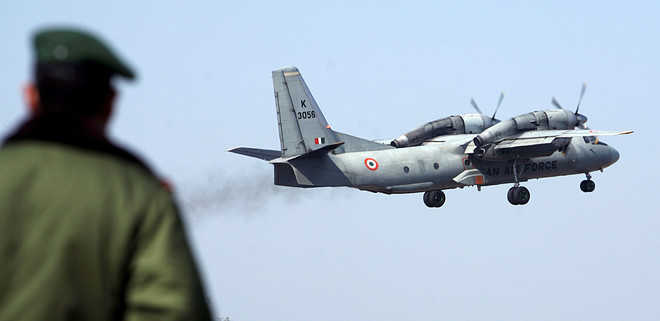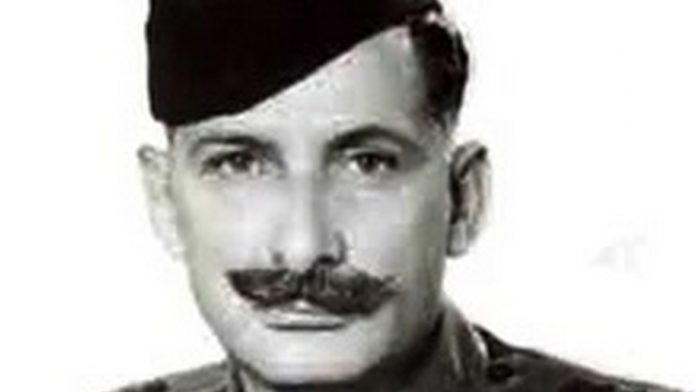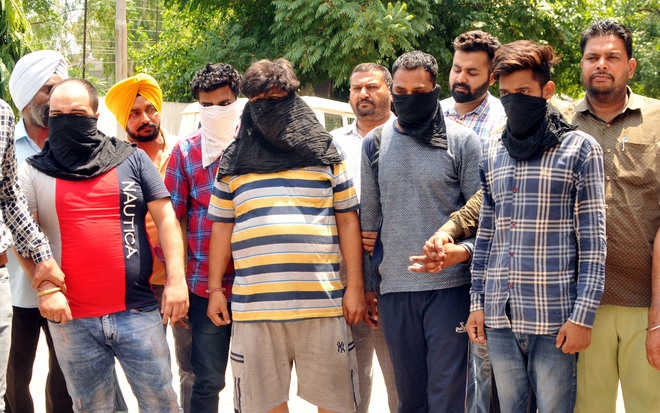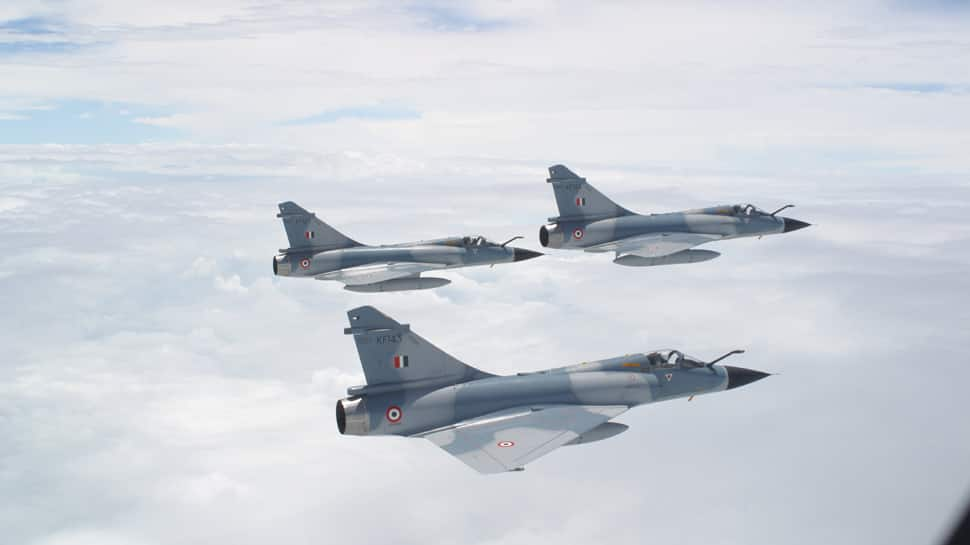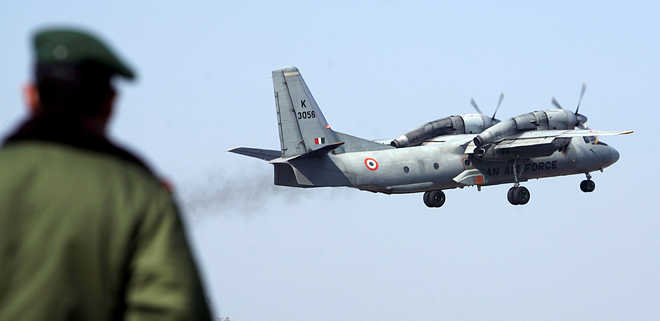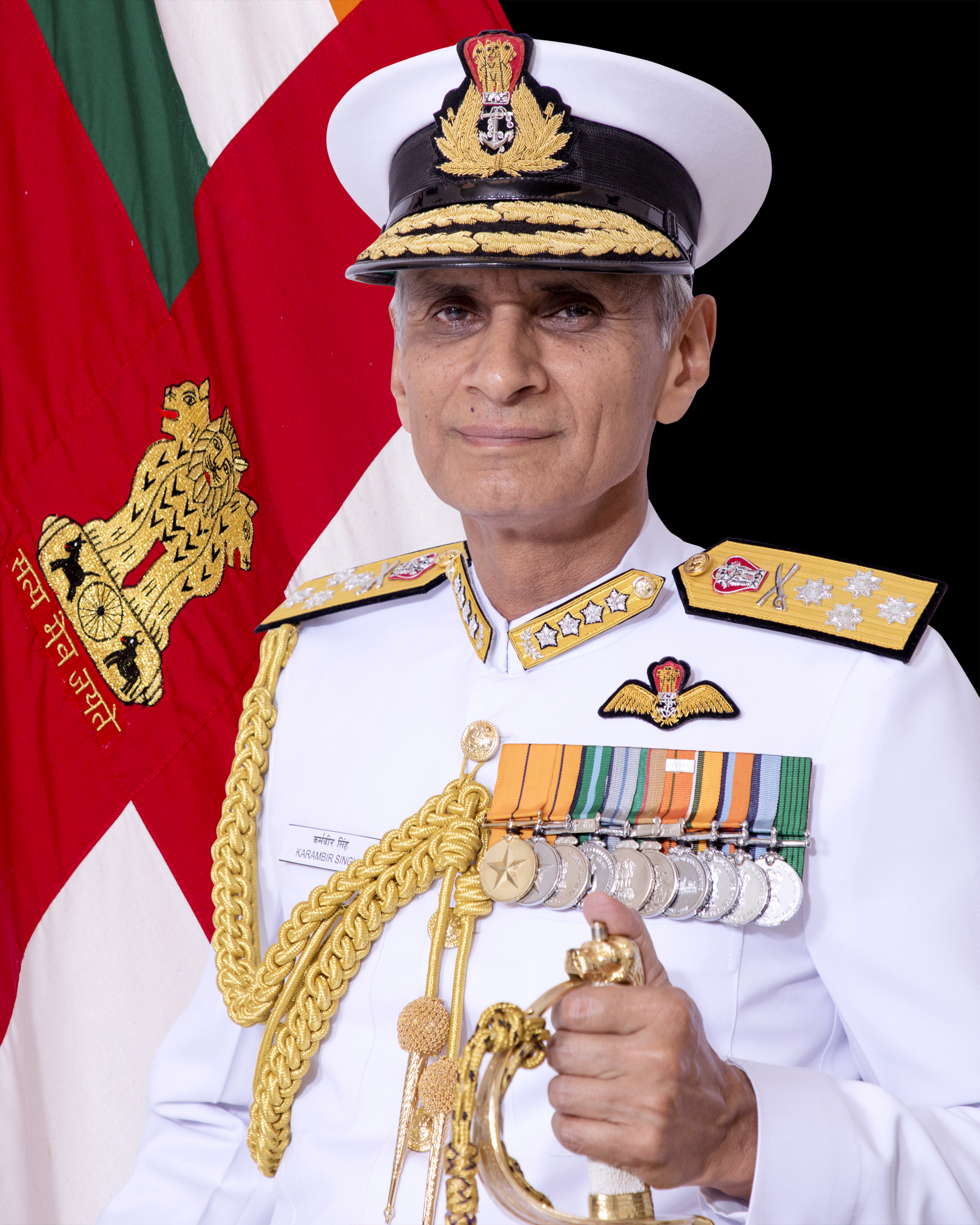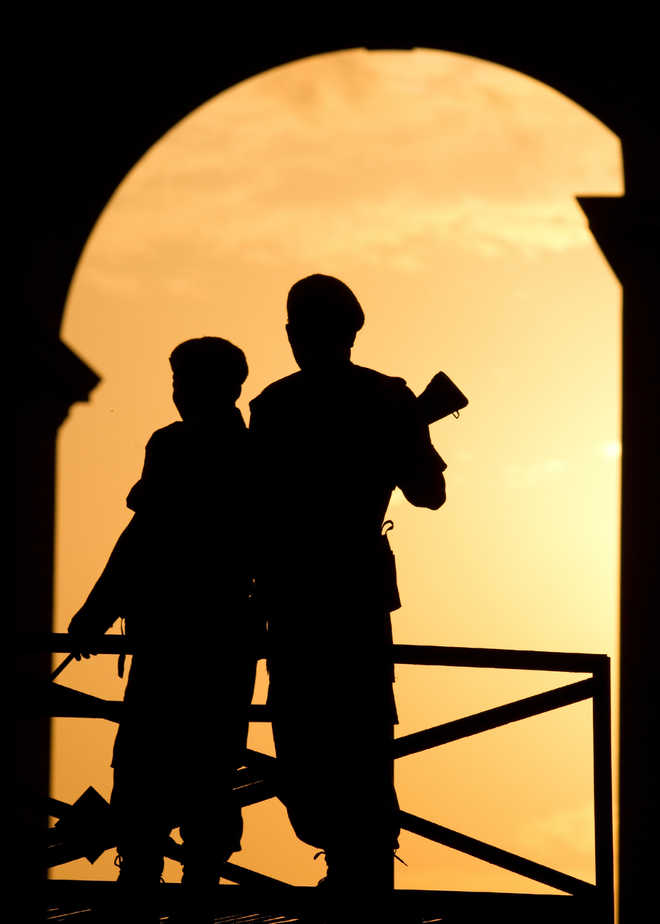
Pervin Malhotra
Q.I will be taking the NDA exam this year, but would like to keep my options open. Could you tell me something about the prospects in the paramilitary services? — Sarvesh Datta
A.The CAPF comprises the following seven forces functioning under the Union Home Ministry:
1. Border Security Force (BSF) for manning the land borders of the country, except in the mountains. (186 Battalions) Headed by Indian Police Service Officer
2. Indo-Tibetan Border Police (ITBP) for manning the border with China on the Himalayan portion of the Tibetan plateau. (55 Battalions) Headed by Indian Police Service Officer
3. Central Reserve Police Force (CRPF): The largest of the Central Armed Police Forces (200+ battalions). The CRPF includes the Rapid Action Force (RAF), a 10 battalion anti-riot force trained to respond to sectarian violence, and the Commando Battalion for Resolute Action (COBRA) which is an anti-Naxalite force.
4. Central Industrial Security Force (CISF): 130+ Battalions
5. Sashastra Seema Bal (SSB) guards the Indo-Nepal & Indo-Bhutan Borders. 8.
6. Railway Protection Force (RPF) protects the railways of India and ensuring safety of citizens in trains.
7. National Security Guard (NSG) which is Headed by Indian Police Service officer), also includes the Special Protection Group (SPG), whose personnel provide protection to India’s political leadership.
8. The Assam Rifles (AR) (led by Indian Army officers reporting to the M/o Home Affairs)
Now, Paramilitary Forces refers to three organisations that closely assist the Indian armed forces:
The Special Frontier Force (SFF) is led by Indian Army officers reporting to Indian Intelligence.
The Indian Coast Guard (29 stations) is led by Indian Navy officers and reporting to the M/o Defence.
Maoist-affected states remain the main battleground for our paramilitary forces. About 38 per cent of the total strength of the 3,000-odd companies is deployed in these areas, followed by 26 per cent in insurgency-affected Northeast and 21 per cent in J&K. Only 15 per cent are deployed in other states.
While retaining their individuality, the forces come under one unified command and function homogeneously to combat insurgency and border security. This also helps upgrade and share their operations, weaponry, training and intelligence to improve the country’s internal security management.
The UPSC conducts a Joint Entrance Exam for recruiting Assistant Commandants for the Central Police Forces and the Services Selection Board (SSB) for the BSF, CRPF, CISF, ITBP and Special Services Bureau (on the lines of the NDA exam) to ensure uniformity in the selection process.
Paper-I of the Written Exam comprises questions on General Ability and Intelligence (Objective Type) 250 Marks
Paper-II includes an Essay, Précis writing and Comprehension (Conventional Type) 150 Marks
Those who qualify the written exam have to clear the physical & medical standards test.
Selection Interviews (for Personality Test 200 marks) are subsequently conducted by the respective paramilitary forces.
Tradesmen in Technical Trades, Ground Duty Staff and Medical Corps staff are recruited directly by the respective battalions.
Recently, they’ve announced recruitment of Assistant Commandants through an All-India Exam on August 18, 2019. Details re: eligibility, syllabus and examination scheme are available on their website: www.upsc.gov.in)
Apply online on: https://upsconline.nic.in
Incidentally, there’s a 33 per cent quota for women in the CAPF.
Check out BDes at DU
Q. I could not make it to NID this year. Neither did I prepare for the BDes programme at the IITs. Is there any programme of similar repute offered by a govermnent college in product design? I don’t wish to drop a year and can’t afford to pay for the expensive private design schools. — Saudamini Sharma
A.Well there’s one option of a few such options that’s still open. Admission to the four-year BDes programme offered by Delhi Technological University (DTU) is on the basis of merit in the UCEED 2019. The Entrance Exam is open to students of all subject streams (science, commerce, humanities). The online application process starts on June 8, 2019.
The total intake at DTU, which comes under the Govt of NCT of Delhi, is 60. Besides the usual reservation quota that applis to government insttutions, there is a regional quota as follows:
Delhi region: 85 per cent seats are reserved for candidates who’ve passed their qualifying exam from a school in National Capital Territory (NCT) of Delhi.
Outside Delhi region: 15 per cent seats are for candidates who’ve passed their qualifying exam from a school located outside the NCT of Delhi.
Eligibility: Class XII pass
Make sure you register and fill the online application on: www.dtu.ac.inwhich will be open from June 8 – 30, 2019
Can science stream students opt for BBA?
Q.I am a science student, but wish to go in for a good business studies programme at the undergraduate level. Can you recommend some good BBA or any undergraduate course for that matter, (other than BTech) that is industry-oriented?— Arnav Bhatia
A.There are quite a few such offerings, particularly those offered by some of the good private universities. But here’s one that recently caught my eye:
To bring in a transformational change in the country’s transportation sector the Indian Railways established India’s first university focused on transport and allied industries. The National Rail & Transportation Institute (NRTI), a deemed to be university offers two specialized courses: a) BSc in Transportation Technology (b) BBA in Transport Management
Started in 2018, the programmes focus on experiential learning and practice, and cutting-edge research and innovation.
Academic partnerships with top-ranked global universities offer opportunities for student and faculty exchange, joint research and learning, including Cornell University (USA), University of California Berkeley (USA), Russia University of Transport (MIIT) Moscow (Russia), St. Petersburg State Transport University (Russia).
There are 105 seats across both courses and the selection is based on merit obtained in the NRTI Undergraduate Admission Aptitude Test (NRTI-UAAT) which is common for both BBA as well as BSc programmes.
The applications close on June 7, 2019. For details, check NRTI-UAAT-BBA and NRTI-UAAT-BSc
Email your queries to careers@tribunemail.com
